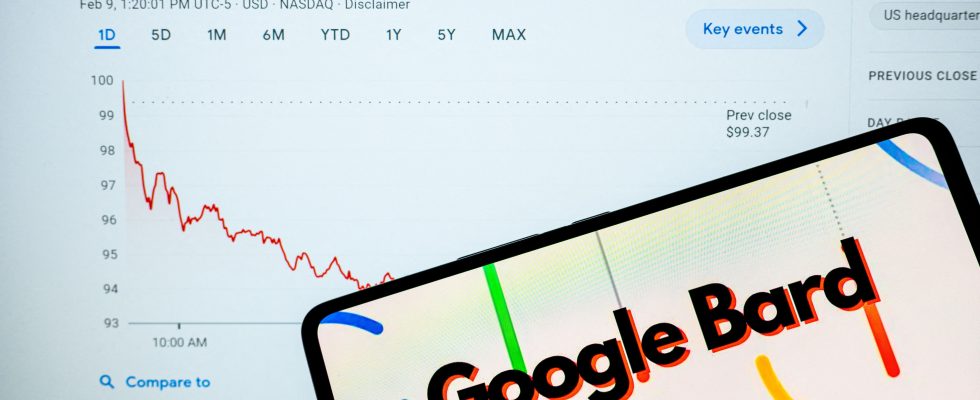Google announced, this Thursday, July 13, the launch of Bard, its artificial intelligence tool competing with ChatGPT, in around fifty new countries including the European Union and Brazil, so far avoided for regulatory reasons.
“Bard is now available in most countries of the world and in the most spoken languages”, indicated in a blog post the American giant, which presented this tool in February to respond to ChatGPT, OpenAI’s flagship software. funded primarily by Microsoft. “We have proactively worked with experts, policymakers and regulators to lead this expansion,” Google said.
The delayed launch of Bard in the EU had been interpreted as a precaution by Google in the face of Brussels’ desire to regulate artificial intelligence algorithms, which raise many fears in terms of privacy, misinformation or respect for the intellectual property. In Brazil, Alphabet (the parent company of Google) launched a communication campaign in the spring against a plan to regulate content on the internet.
Trilingual so far (English, Japanese and Korean), Bard will now be able to speak in about forty languages including Arabic, German, Chinese, Spanish, French and Hindi, according to Google. They will also be able to state their answers orally, adapt the style of their answers in professional or informal language, or extract information from an image. Finally, it will be possible to continue old conversations with artificial intelligence, a feature already available on ChatGPT.
The Google-Microsoft war
Conversational robots, presented as an alternative to traditional online research, have experienced meteoric success since the release of ChatGPT in November 2022. It is even integrated with the Bing search engine and other tools from the American giant Microsoft , which finances the Californian start-up.
To stay in the game, Google had to speed up its own AI ads. Its boss Sundar Pichai announced in May new features for the search engine and for the suite of online services (Maps, Gmail, Docs), allowing users to interact directly with the firm’s language model, called PaLM. 2. The two competitors compete with advertisements for a stated purpose: that their platforms equipped with generative AI become the preferred personal assistants of users.
